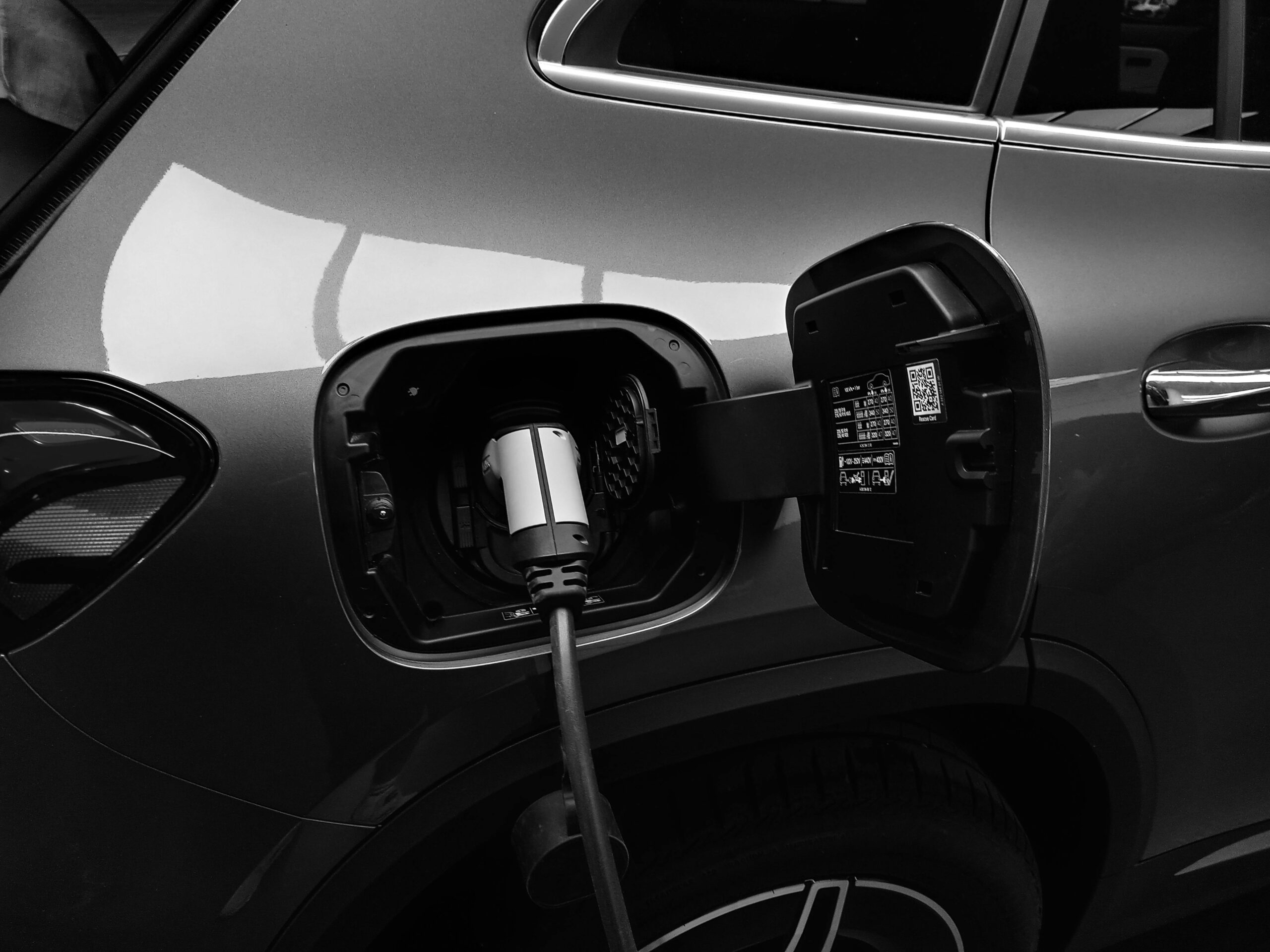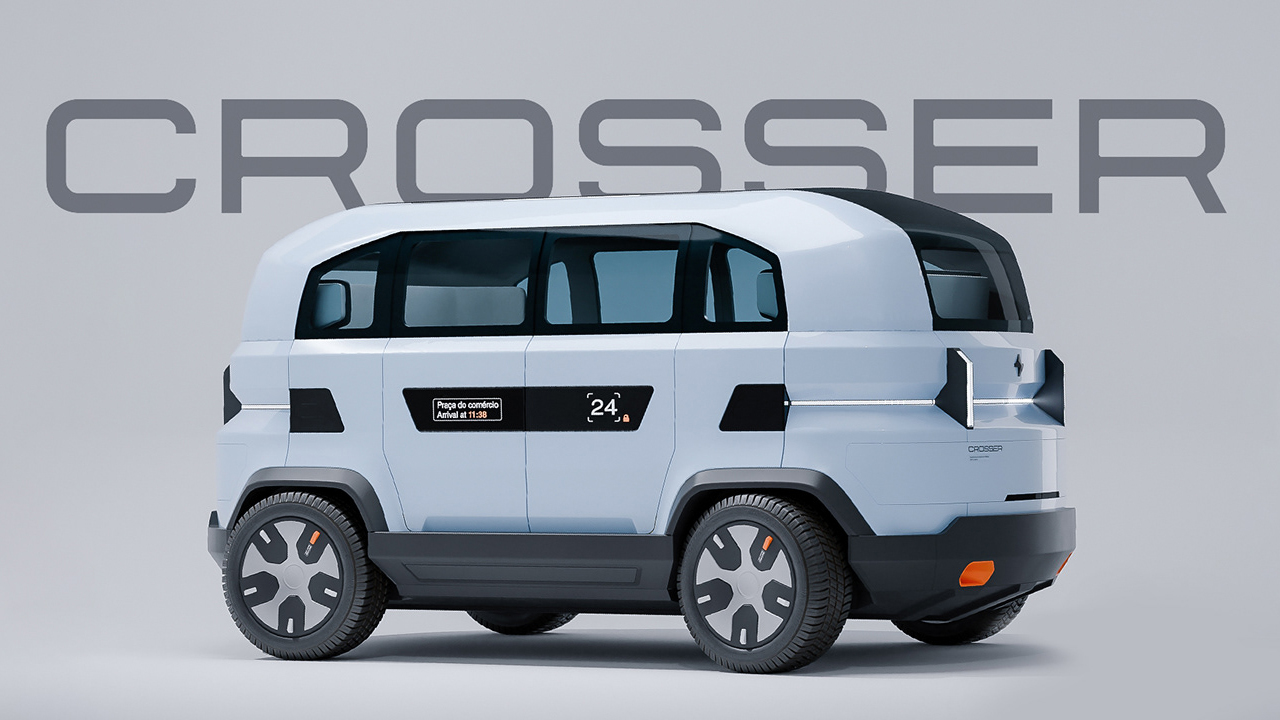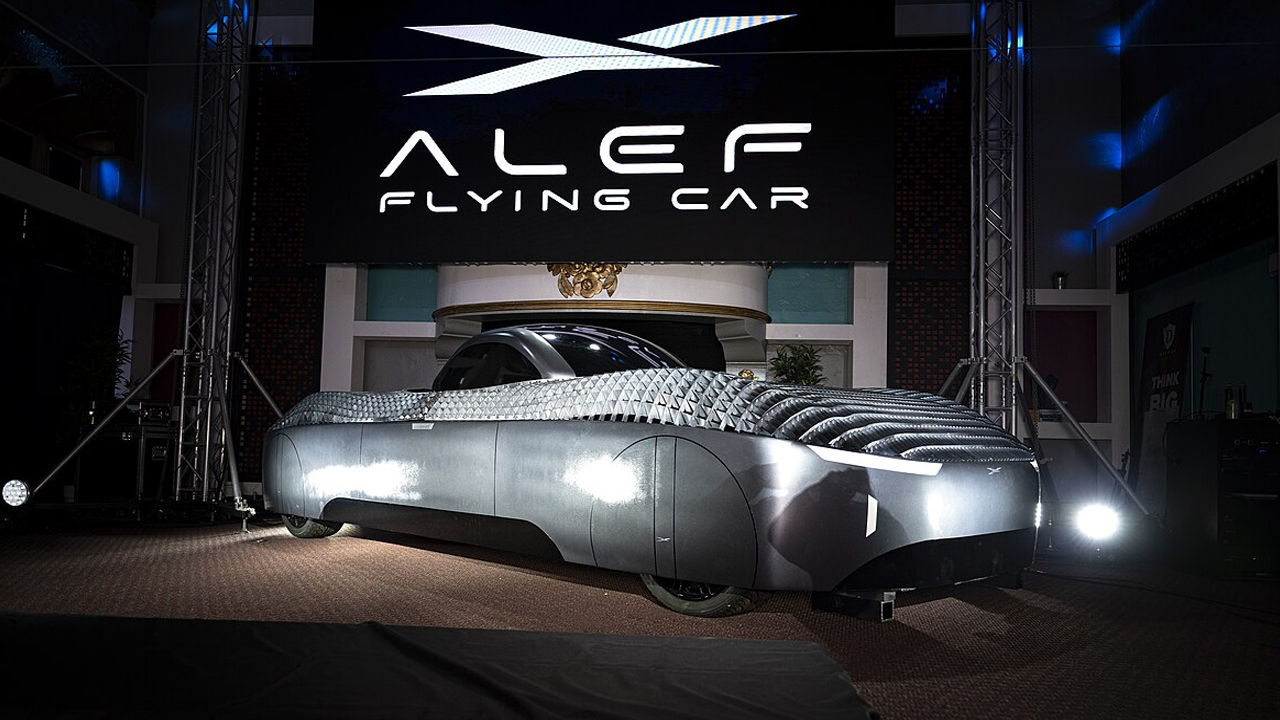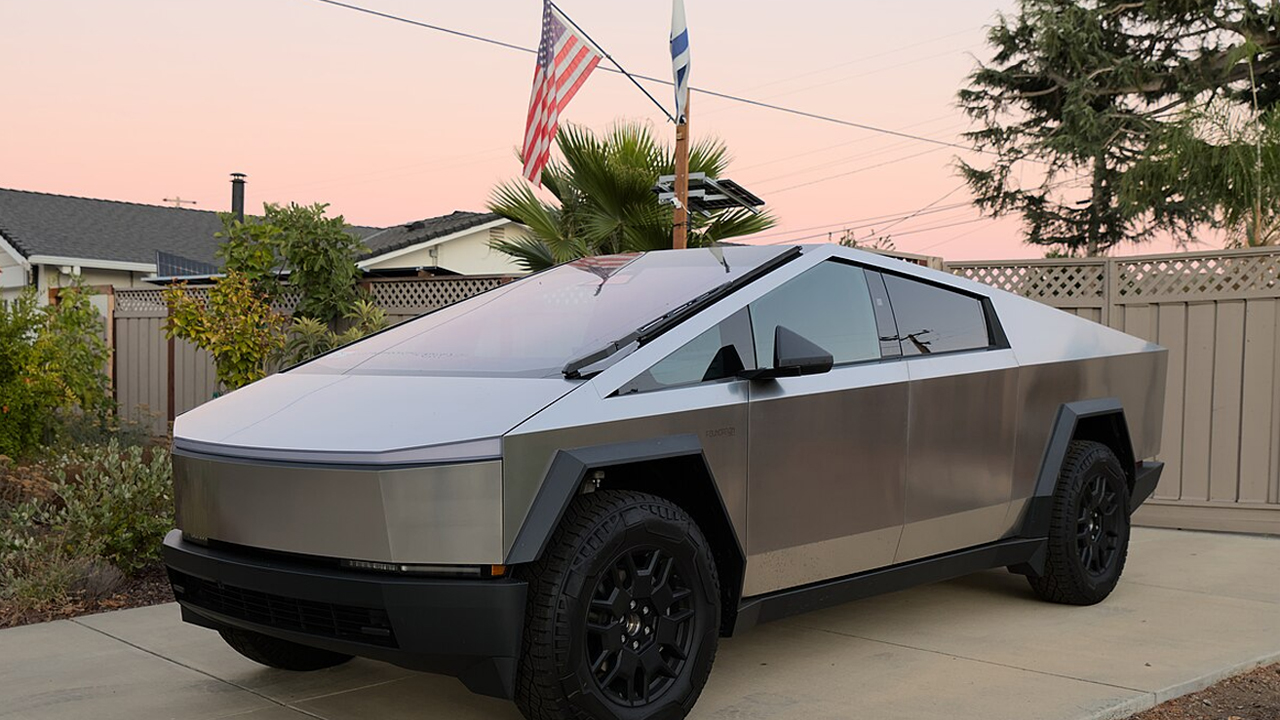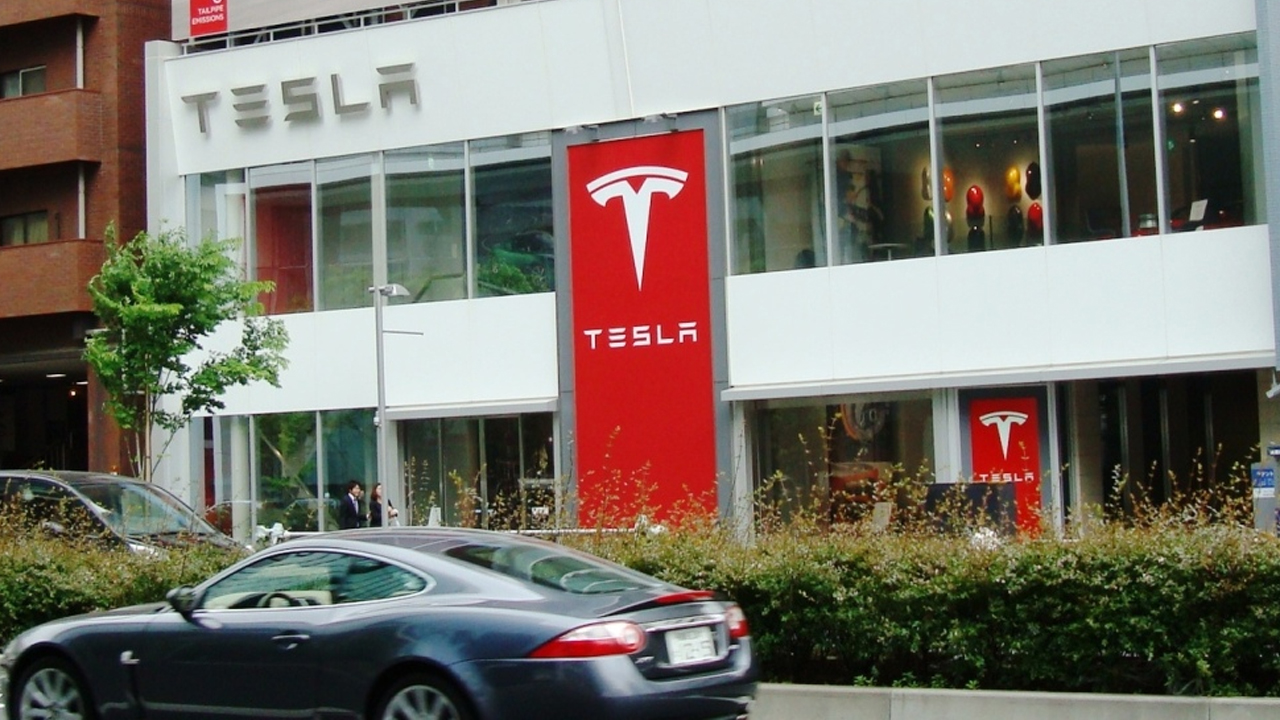Electric vehicles keep pushing the boundaries of what’s possible—and now, that includes skipping traffic by driving straight into the water. A new class of amphibious EVs is aiming to make gridlock optional by giving drivers access to overlooked urban waterways. Here’s what that means for the future of commuting, infrastructure, and clean transport.
Amphibious Cars: A New Way Around Gridlock
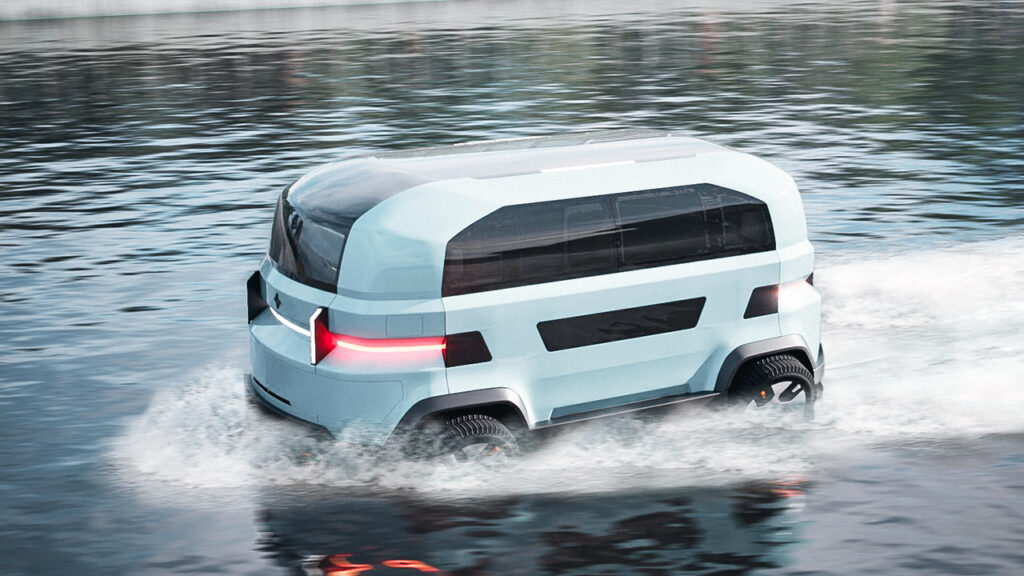
Imagine cruising down the street and, instead of hitting the brakes for traffic, you steer into the water and keep moving. That’s exactly what the CROSSER V2 is built to do. It’s a fully electric, amphibious vehicle that can switch from road to water in seconds, offering a whole new escape route when traffic piles up.
The vehicle runs quietly, thanks to its electric drivetrain, and it’s completely autonomous. In cities where traffic is a daily grind, having the option to cut across a lake or canal instead of sitting in a jam could be a real shift in how we commute. (Source: Yahoo News)
Why Bigger Roads Aren’t the Answer
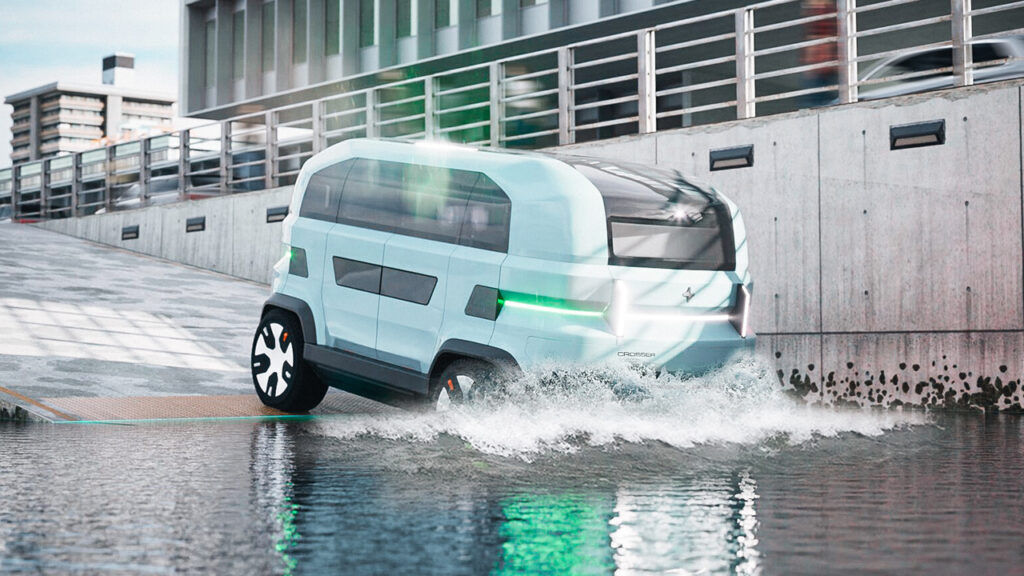
For years, the default fix for traffic has been to widen roads or build more of them. But that often backfires. When roads expand, more people drive—leading right back to the same traffic issues. It’s called induced demand, and it’s been well documented in transportation planning circles. (Source: Wired)
Rather than pouring money into the same failing solutions, cities could start looking at how to integrate vehicles that aren’t limited to just roads. EVs like the CROSSER V2 unlock that potential by letting drivers tap into nearby waterways—roads no one’s really using.
Environmental Benefits of Water-Based Travel
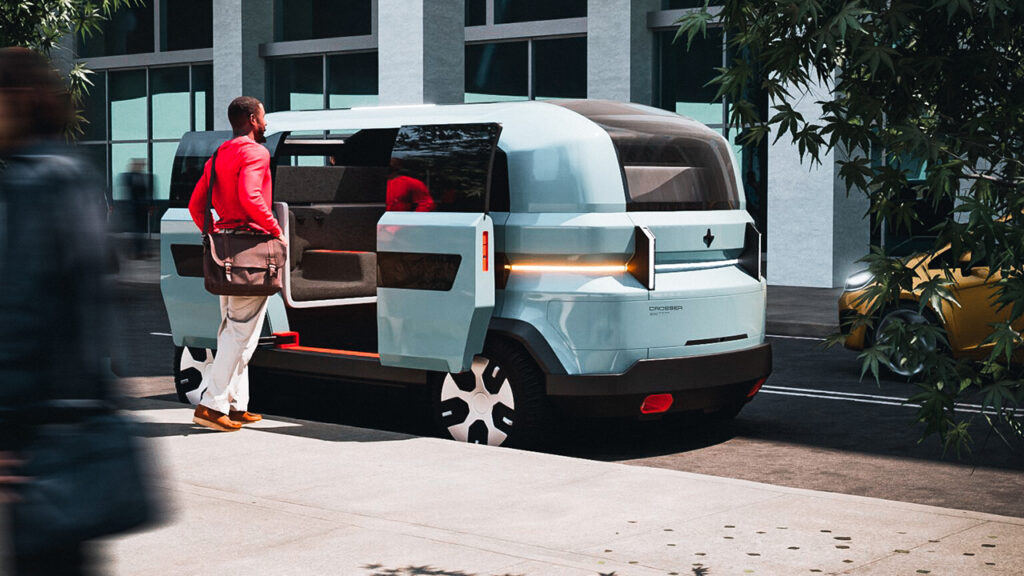
Shifting some of the traffic burden to the water isn’t just a clever workaround—it could also be cleaner. Since the CROSSER V2 is fully electric, it avoids adding tailpipe emissions to already-smoggy city streets. And fewer cars idling in bumper-to-bumper traffic means better air quality for everyone.
There’s also a reduced need for new road infrastructure. With more vehicles using water routes, cities can preserve green space and limit the disruption that comes with laying down more concrete. And as EV charging networks expand, it’s not hard to imagine dockside chargers being installed to keep amphibious EVs powered up between trips. (Source: HBXG Dozer)
The Road (and Waterway) Ahead for Amphibious EVs
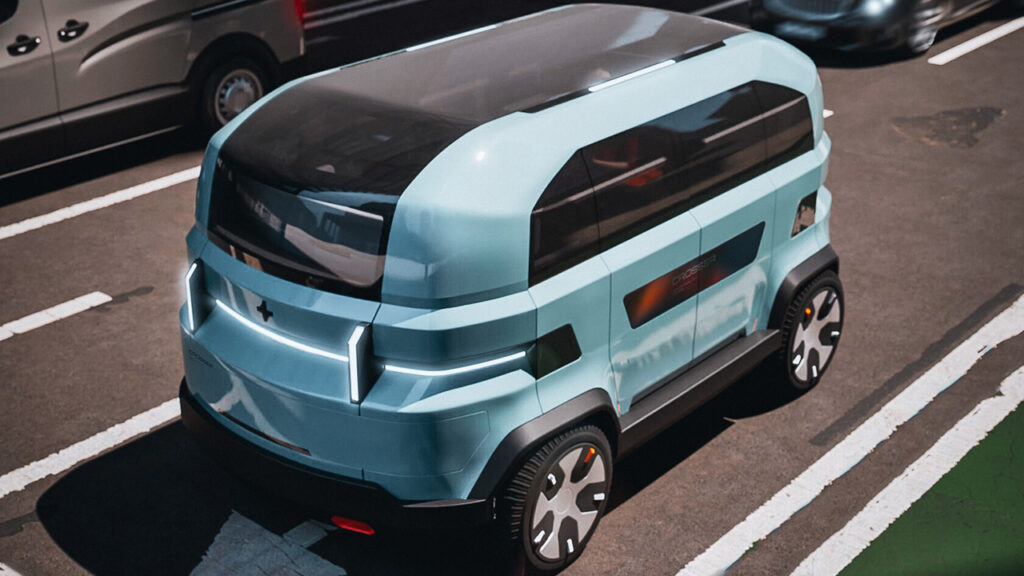
This isn’t science fiction anymore. EV makers are starting to build real, drivable vehicles that work on land and water. The technology’s already here—what’s left is making it practical for everyday use. That means better battery life, intuitive navigation systems, and infrastructure that supports both kinds of travel.
And it’s not that far off. As more cities deal with dense traffic and environmental goals, the door is opening for vehicles that don’t need to follow traditional routes. Amphibious EVs like the CROSSER V2 could carve out a surprising role in the future of clean, flexible transportation.
